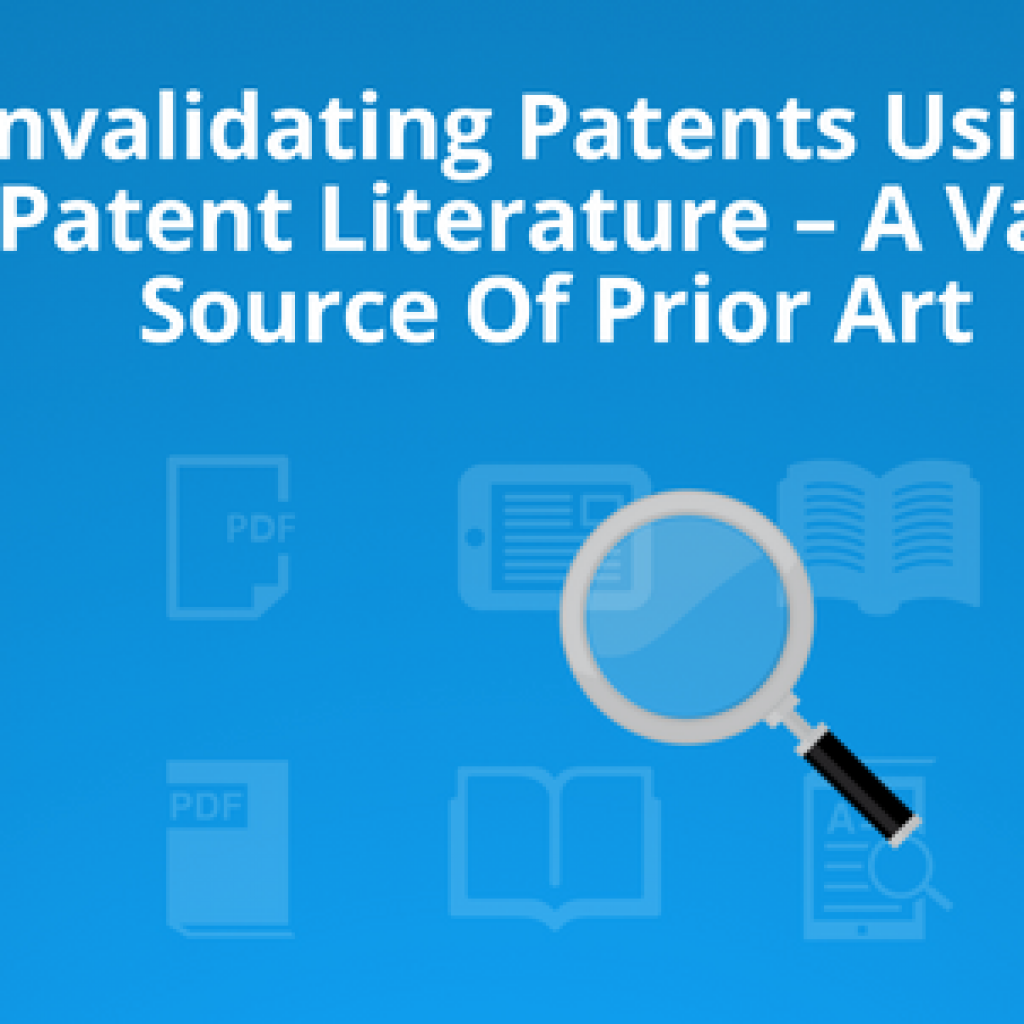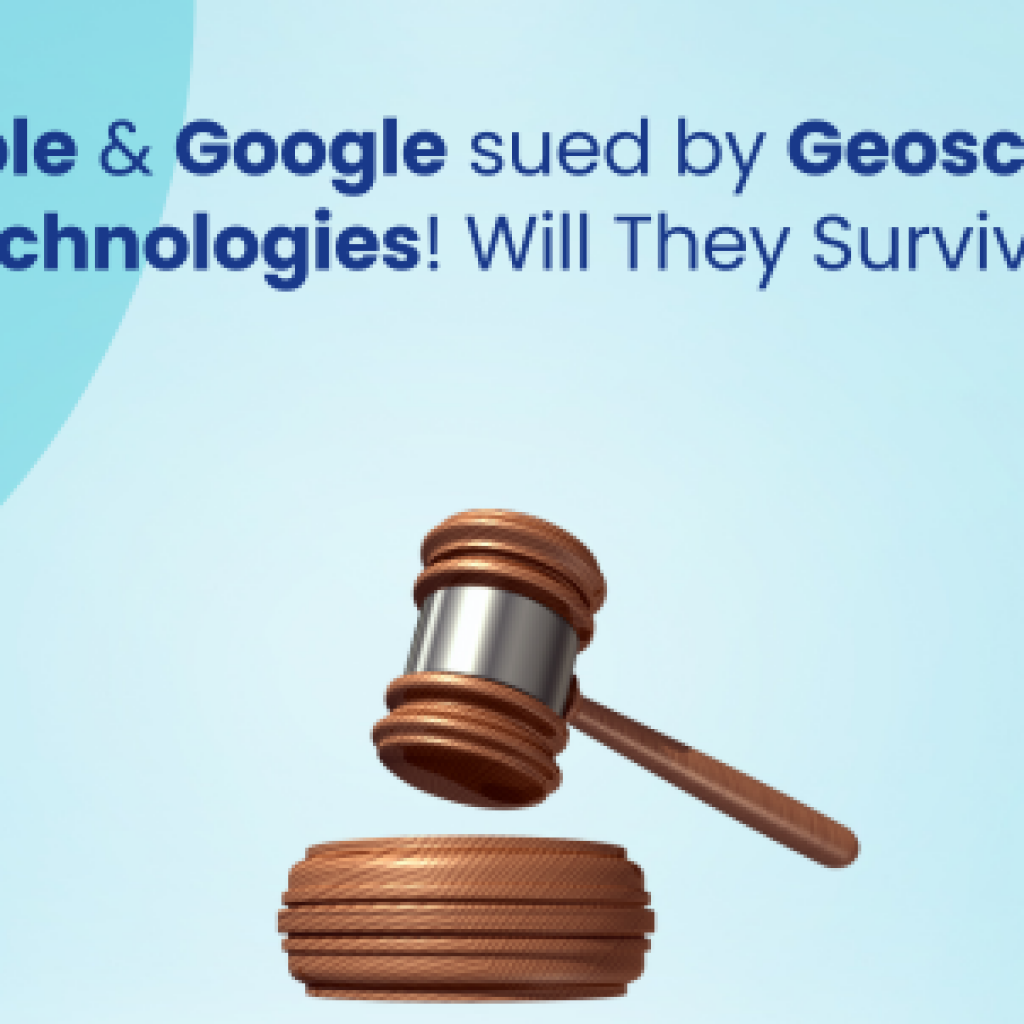The strategic patent acquisition has proven to be a game-changing move for those seeking to safeguard their innovations, enhance their market standing, and potentially increase revenue.
Nortel’s bankruptcy in 2009 led to a consortium of tech giants, including Apple and Microsoft, shelling out $4.5 billion in 2011 to secure its 6,000-strong patent portfolio.
Google’s 2012 acquisition of Motorola Mobility for $12.5 billion was a strategic move to gain access to Motorola’s 17,000 patents and enter the Android market.
When Apple filed a lawsuit against HTC in 2010 over smartphone patents, HTC countered by acquiring patents from Google, setting the stage for a 10-year licensing agreement between the two parties.
The cases mentioned above demonstrate how patent acquisition can provide varied benefits for a business. These benefits, however, can only be fully realized if each phase involved in the patent acquisition is in sync with your business objectives.
Hence, this guide aims to simplify the patent acquisition strategy by breaking it down into stages and highlighting its importance.
PHASE I – PATENT ACQUISITION STRATEGY DEVELOPMENT
Developing a comprehensive patent acquisition strategy is crucial. It serves as the blueprint for the entire process, guiding subsequent steps and ensuring they align with the overarching goal.
Setting Clear Objectives:
- Define the core objectives driving your patent acquisition effort. For example, are you seeking to protect your innovations (defense), leverage patents for competitive advantage (offense), or both?
- Determine whether your focus is on expanding into new market territories or strengthening your position in existing ones. Your objectives will shape your approach.
Apple’s entry into the medtech industry through its acquisition strategy is a prime example of how a company can successfully diversify into new markets. By strategically acquiring other companies and their patents, Apple has significantly enhanced its health data monitoring, gathering, and processing capabilities, particularly emphasizing the Apple Watch.
Request our landscape report to gain a competitive edge in medtech and locate promising health-tech patents.
Understanding the Business & Legal Landscape:
- Analyze prevailing and anticipated trends in your area of interest. This step helps you stay ahead by identifying market shifts and emerging opportunities.
- Identify how these trends reveal unexplored market opportunities or potential growth areas. Understanding the business and legal landscape is essential for strategic decision-making.
Comprehending the Technological Landscape:
Emerging Technologies:
- Dive deep into the latest advancements and research breakthroughs. This knowledge is crucial for targeting patents that align with cutting-edge developments and will give you an edge in the market.
- Understand the key tech stack introduced with new technologies. This insight enables you to pinpoint patents that play a pivotal role in these advancements.
Technological Maturity Curve:
- Identify the current phase of your chosen technology (nascent, growing, mature, or declining). This assessment guides your patent targeting strategy, whether you aim to secure foundational innovations or focus on mature technologies.
- Evaluate how the technology’s stage influences your patent targeting approach. For instance, nascent technologies may require a broader scope, while mature ones may demand a narrower focus.
Innovation Hubs & Key Players:
- Identify geographical hotspots leading innovation. This information helps you pinpoint where innovation is concentrated, allowing for strategic geographical targeting.
- Spotlight leading innovators and potential competitors, including hidden gems like startups. Understanding the key players in the field is essential for identifying potential patent acquisition targets.
PHASE II – TARGETED PATENT IDENTIFICATION AND EVALUATION
While patents of interest may not always be readily available for acquisition, this phase focuses on their precise identification and evaluation.
Patent Collection:
- Capture all relevant active or pending patents in your field of interest. This comprehensive approach ensures that no potentially valuable patent is overlooked during acquisition.
- Utilize multiple strategies, such as thorough patent searches and analysis, to ensure you compile a robust list of patents.
Get the list of high-value patents available in your domain for acquisition with an interactive dashboard so you don’t have to do the extensive work.
Assignee Ranking:
Rank companies or assignees based on various parameters such as past transactions, patent ownership, and historical selling behavior. This ranking helps you identify potential sellers and prioritize your outreach efforts.
Initial Preliminary Analysis to Check the Patent’s Worth:
Screen patents based on their likelihood of meeting your set objectives. For example, if looking for Wi-Fi 6 SEPs, screen the patents for preliminary relevance to the IEEE 802.11ax Standard.
PHASE III – ASSESSING WILLINGNESS & DIVERSIFYING ACQUISITION SOURCES
In dealing with various M&A deals, it has been established that two major pitfalls can derail any patent acquisition at later stages- First is relying solely on one or two assignees for patent acquisition, and second is the unwillingness of the patent owner to sell the patent, and hence, the time & effort going in vain.
To overcome these pitfalls, two core strategies are paramount:
Immediate Company Outreach:
Initiate contact with patent owners as soon as relevant patents are identified. This proactive approach helps determine their interest in selling and minimizes wasted effort and resources.
Gauge their interest in selling to minimize wasted effort and resources. Early engagement with potential sellers allows you to pivot quickly if they are not interested, reducing time and effort expended.
Diversifying Acquisition Sources:
Ensure diverse ownership to reduce dependence on a single entity. Diversification minimizes the risks of relying on a single source for patent acquisition. This approach mitigates risks and maintains flexibility in case of unfavorable negotiations. Having multiple options allows adapting to changing circumstances and increases the chances of successful acquisition.
PHASE IV – DUE DILIGENCE
The final phase of patent acquisition is understanding the intrinsic value and potential risks associated with a patent asset. While identifying the patent assets of interest serves as a crucial starting point, conducting a thorough due diligence process ultimately determines the success or failure of the acquisition. Neglecting to conduct due diligence can result in:
- Investing in patents that do not offer returns or, worse, could become a financial liability.
- Unknowingly acquiring patents with validity issues can lead to legal issues and potentially costly litigation.
- Missing out on key opportunities.
- Acquiring patents that don’t align with your company’s strategic objectives.
To safeguard against these risks and ensure a comprehensive evaluation, the following factors are considered.
- Assess patent status, enforceable geographies, and remaining patent life (Enforceability). This assessment helps determine the potential scope and lifespan of the acquired patent.
- Evaluate past licensing/litigation, portfolio valuation, and future maintenance costs (Monetization). Understanding these aspects helps assess the financial viability of the acquisition.
- Verify current owners, original filers, and any co-assignments or external interests (Ownership). Ensuring clear ownership rights is essential to avoid legal complications.
- Analyze hidden prior art, family size, citations by others, and patent grant timelines (Innovation Quality). This assessment provides insights into the patent’s competitive strength and potential vulnerabilities.
CONCLUSION
A systematic patent acquisition strategy can significantly streamline the process, minimize risks, and increase the likelihood of securing invaluable assets. Additionally, a thorough analysis of the patent landscape will help identify the potential obstacles and challenges and aid in developing strategies to overcome them.
To top it up, expert support and guidance is invaluable in the patent acquisition process. Working with experienced professionals who understand the nuances of the process will help to ensure that your patent acquisition efforts are successful and your IP portfolio becomes strong and valuable.
Leverage GreyB’s expertise and experience to maximize the value of your patent acquisition and mitigate potential risks at every stage of the process.
Next Read: What does Microsoft’s acquisition of Activision Blizzard’s huge IP Portfolio mean for you?
Authored by: Swapnajeet Nayak, Infringement Team
Edited by: Annie Sharma, Editorial Team











